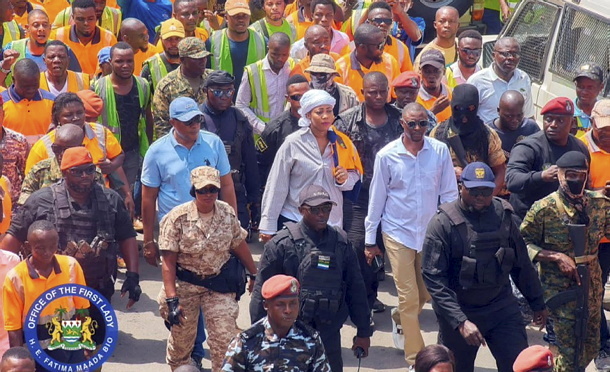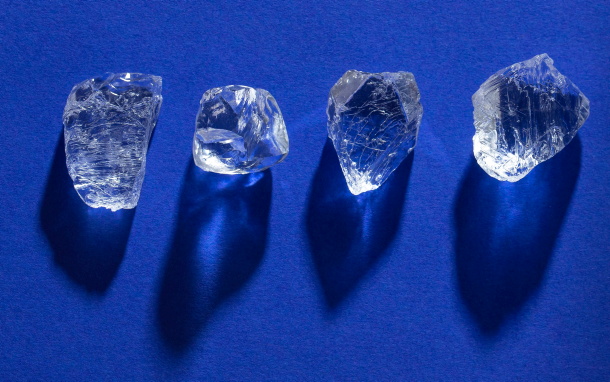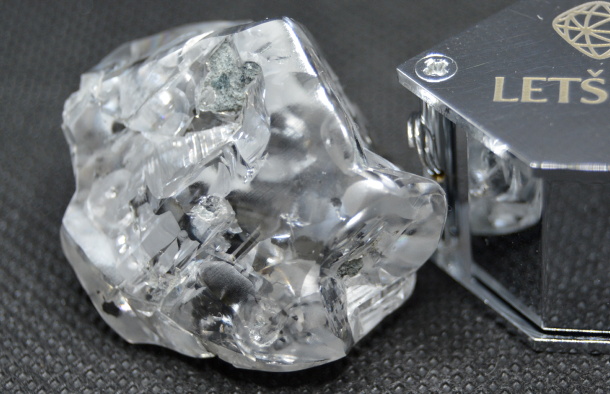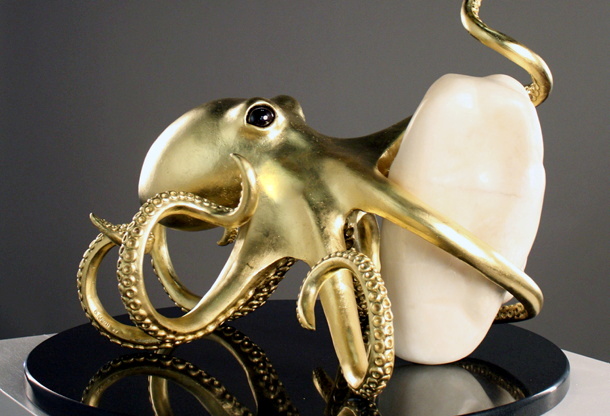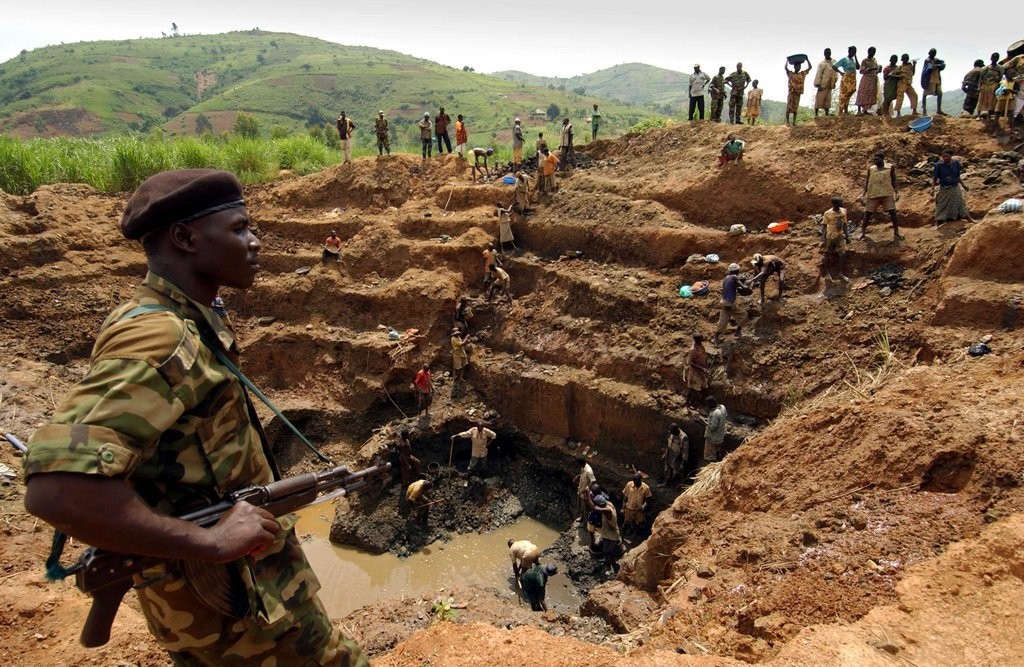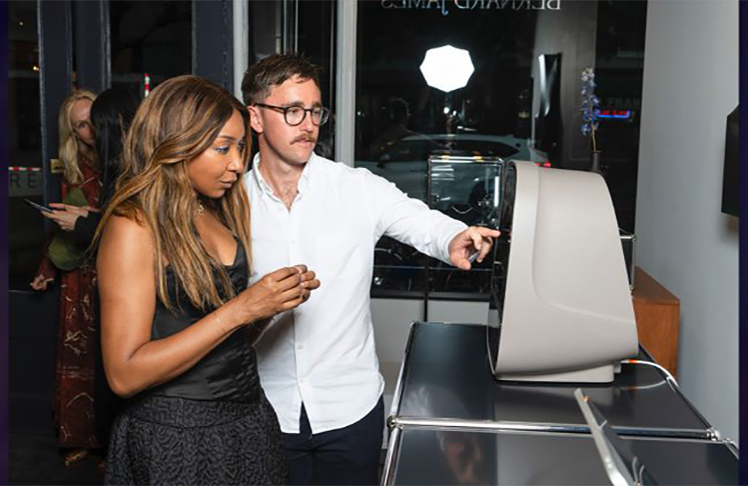
A new device, the DiamondProof, can rapidly and reliably distinguish natural diamonds from laboratory-grown diamonds and other diamond simulants.
One of the most common misconceptions in the ongoing debate between natural and non-natural diamonds is that it’s impossible to tell the difference between the two. Research shows that almost half of consumers are unaware that laboratory-grown diamonds (LGDs) can be detected from their natural counterparts. For consumers who are investing in diamonds and diamond jewelry, this means there is perhaps a lack of assurance that they are getting what they think they are paying for. This spring, with the introduction of a new verification device, the DiamondProof, to retail stores for the first time, consumers will be able to make informed purchasing decisions and distinguish natural diamonds from non-natural diamonds, like LGDs and other diamond simulants, with a zero percent ‘false positive rate’.
Developed by the De Beers Group, the DiamondProof technology can detect the distinct chemical compositions of natural diamonds, allowing for precise and rapid identification. Early adopters of the DiamondProof include some of the largest jewelry retailers in the U.S., and the device will also be available in several independent retail outlets to ensure that any diamond consumer can try out the technology and gain assurance on their jewelry, or diamonds they are planning to purchase. The first DiamondProof prototype instrument was unveiled last June at the JCK show in Las Vegas, the premier jewelry expo for retail professionals. Many quickly jumped on board and ordered the device for their stores, noting the ability to rapidly and easily screen both loose diamonds as well as stones set in jewelry. “Natural diamonds and lab-grown diamonds are two fundamentally different products. Natural diamonds are rare, one-of-a-kind miracles of nature that come to us from the earth through heat, pressure, and time.” notes CEO of De Beers Brands Sandrine Conseiller. “This incredible journey is what makes them the ultimate marker of life’s most profound emotional moments. Consumers should be able to have confidence in such a meaningful purchase, and DiamondProof allows retailers to offer them greater peace of mind. We are in a new era of transparency at retail, and customers deserve to know what they are buying.”
“By rapidly and reliably identifying whether a diamond is natural, DiamondProof is instrumental in enhancing consumer confidence in natural diamond purchases. Consumers deserve clarity and having DiamondProof available in retail settings helps them make informed decisions while appreciating the unique value and story behind each natural diamond. With decades of leadership in synthetic-detection technology, we are committed to providing the level of transparency that consumers expect,” stated Sarandos Gouvelis, SVP, of Pricing, Product and Technology Development at De Beers Group. For anyone looking to evaluate and verify their diamond jewelry or looking for assurance in new diamond purchases, a major retailer near you will soon have a DiamondProof available.
Source: DCLA

